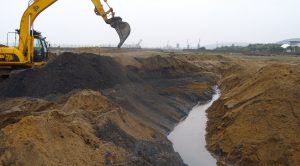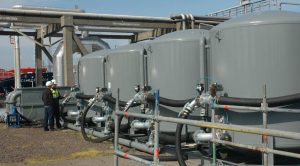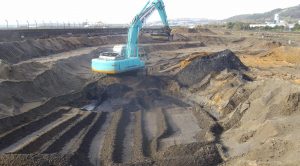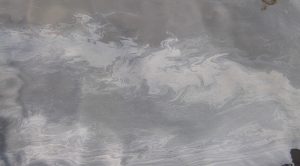PHASE 2 ENVIRONMENTAL ASSESSMENT
GeoEnvironmental Applications has many years of experience in the development of cost effective remediation strategies which will meet the demands of the regulatory bodies.
Once we have agreed a strategy with the appropriate regulatory body we will then work closely with them throughout the remediation process until regulatory sign-off and discharge of relevant land quality conditions is achieved. We have developed remediation strategies for small sites contaminated by domestic oil leaks through to large heavily contaminated oil refinery sites. Our experience includes designing strategies for remediating pesticide factories, gas works, battery disposal sites, dry cleaners, printers and for asbestos contaminated soil. We have extensive knowledge of the remediation options and technologies ,so we can ensure that the most suitable, cost effective sustainable solution is provided to meet our client’s needs. When appropriate we take pride in ‘thinking outside of the box’ and will use innovative techniques and solutions to meet more challenging problems to remediate the most challenging contaminated sites. For instance, we designed a remediation strategy for a leading UK contracting company that utilized Dutch geotextile tube technology and re-use of a waste product to clean up and stabilize/solidify lake sediment heavily contaminated with petroleum hydrocarbons. This innovative strategy offered significant cost savings for the land developer and led to our client winning a Brownfield Briefing award.
Our strength in the development of remediation strategies is related to our extensive experience in contracting. Having overseen the installation of many remediation solutions onsite, means that we have the experience to develop a cost effective strategy that is practical and will work efficiently on site.
Our knowledge and experience of a wide range of available remediation methods and technologies means that we are able to advise our clients on the most appropriate method of dealing with contaminated problems, often avoiding conventional methods such as “dig and dump” and offering significant cost and programme savings.




